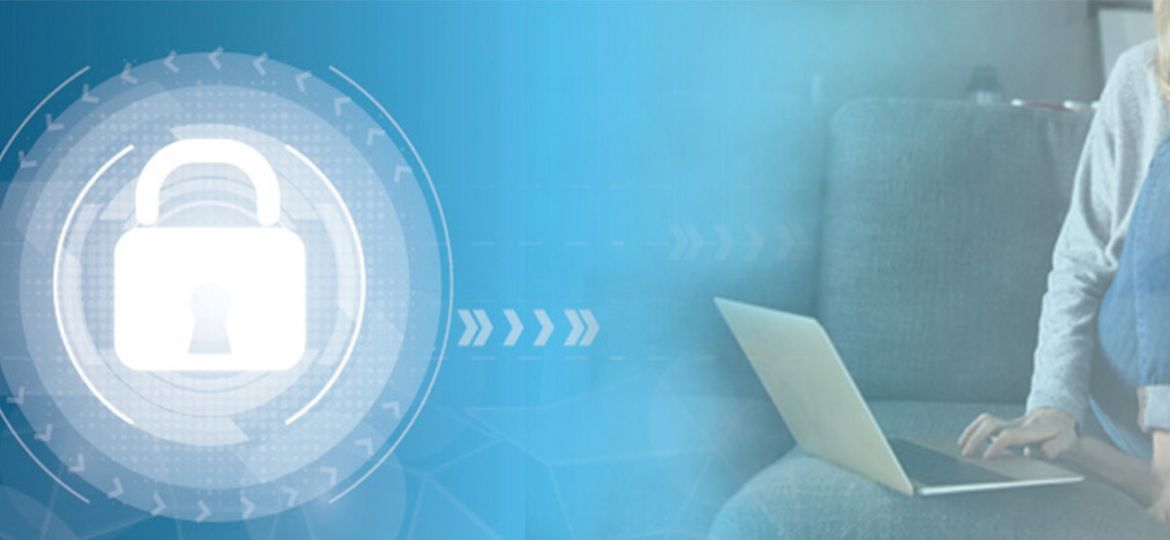
Companies today have embraced employee-centricity. As far as the outcomes are delivered on time, it doesn’t matter where your team is operating from. It is common for employees to work from home or work on-the-move. Remote teams in the day and age of hyper-specialized skills, in fact, has opened a whole world of opportunities.
Letting employees work remotely has its own benefits; the employees can manage time and enhance their productivity. However, there is one aspect that must be taken care of – the security of the Remote Network Access.
Undeniably, every organization takes stringent measures in securing their technical infrastructure. But when an employee works and accesses application within the safety of the office environment, the occurrences of cyber attacks or data breach are relatively less. But, when the employee works from a location other than the secure office place, there is a great potential for cyber-attacks and data breaches to occur.
So, some of the best practices for managing remote employees are:
Provide clarity on their role
Once the employees have clarity on their role, they know what applications they must use based on their roles. Also, it is viable to provision accesses so that monitoring the access becomes easier.
Communicate regularly
Make sure you keep in touch with your employees through conference calls, video calls and instant messaging. Urge them to keep you updated with their work updates and understand the environment within which their access is hosted on.
Provide technical support
Ensure that the IT team gets in touch with your remote team and make sure they get all the technical support they require. This not only helps them stay productive, but also ensures that the IT team is aware of their security status.
Collaborate often
Try and include the remote employees in meetings, seminars and discussions. Also, update them about the processes, compliances and policies, particularly with regards to the security, that your organization follows. That way, they will remain in the loop and function according to the rules and policies of the organization.
Securing remote network access – How important is it?
Sometimes, even in a highly secure work environment, there have been incidences of undue damage suffered by an organization due to cyber-attacks. So, one can only imagine the kind of havoc that may be created in a poorly secured environment.
Remote employees invariably use different networks and possibly different devices. Some employees may be accessing cloud application on their mobile, while some may be accessing a web application on their laptops – this gives the hackers an edge, they can easily break into either.
Hence, securing the remote network access is of utmost importance. Here’ why:
Ensures secure communication
It is essential that they stay connected via a strong and secure network. When the network remains unaffected by cyber vulnerabilities, communication between remote employees and rest of the recipients becomes effective.
Enhances employee productivity
When remote employees are managed well, are included in important meetings and provided with ample technical support from the parent office, they spend less time in sorting out technical glitches and securing their home network, which in turn enhances their security.
Improves user experience
An efficient and secure network enables remote employees to work on any device and access any application with ease, irrespective of the location they are working from. This improves over all user experience and they will be able to deliver better.
Best practices of setting up and securing remote network access
Setting up a Virtual Private Network (VPN) is a common practice among most companies who have employees working remotely.
A VPN connects the employee to the office network. It uses a high level of encryption, IP masking and data encapsulation so that the data is protected from unauthorized access, spammers and hackers.
As the remote employees operate on VPN, they can;
Work anonymously
They can use the internet anonymously as IP masking doesn’t disclose their identity or location. Therefore, they can carry the tasks online without worrying about the work or activities being tracked by hackers, search engines or marketers.
Secure data
The vital and sensitive data is mostly secure. The encryption provides optimum security; their passwords, username and login details are protected from potential hacks and phishing.
Bypass Firewalls
Remote employees may be restricted from visiting certain websites when they try accessing it from a hotel, airport or a cafe. With a VPN though, they can easily bypass the firewalls and access the websites that are crucial for their work; access will not be restricted, and they can work productively.
However, if you choose not to set up a VPN, you may consider other alternatives such as proxy servers, SSH Tunneling, PPTP, etc. Consider the pros and cons of setting up a network and then go for the one that best suits your organization.
What more can you do?
Taking enough steps to secure access is beneficial for your organization. After you have successfully managed and set up a secure network for the remote employees, here are some things you can do to get an extra layer security for the remote networks;
Encourage employees to use strong credentials, preferably authenticated via Multi-Factor Authentication.
Make sure that your employees login and operate only through the secure network set up by your organization.
Always ensure that the accesses of remote employees are secured as per access management and identity governance
Conduct frequent audits for remote networks to get a check on the user accounts, policies, provisioning servers/networks amongst others.
Every employee, irrespective of where they work from is important to your organization and none of the employees’ access should be left unmonitored. While you focus on governing the access of employees who are present on the floor, do not forget to secure the access of remote employees either. Drop in a line and tell us how you secure your remote team’s access.
